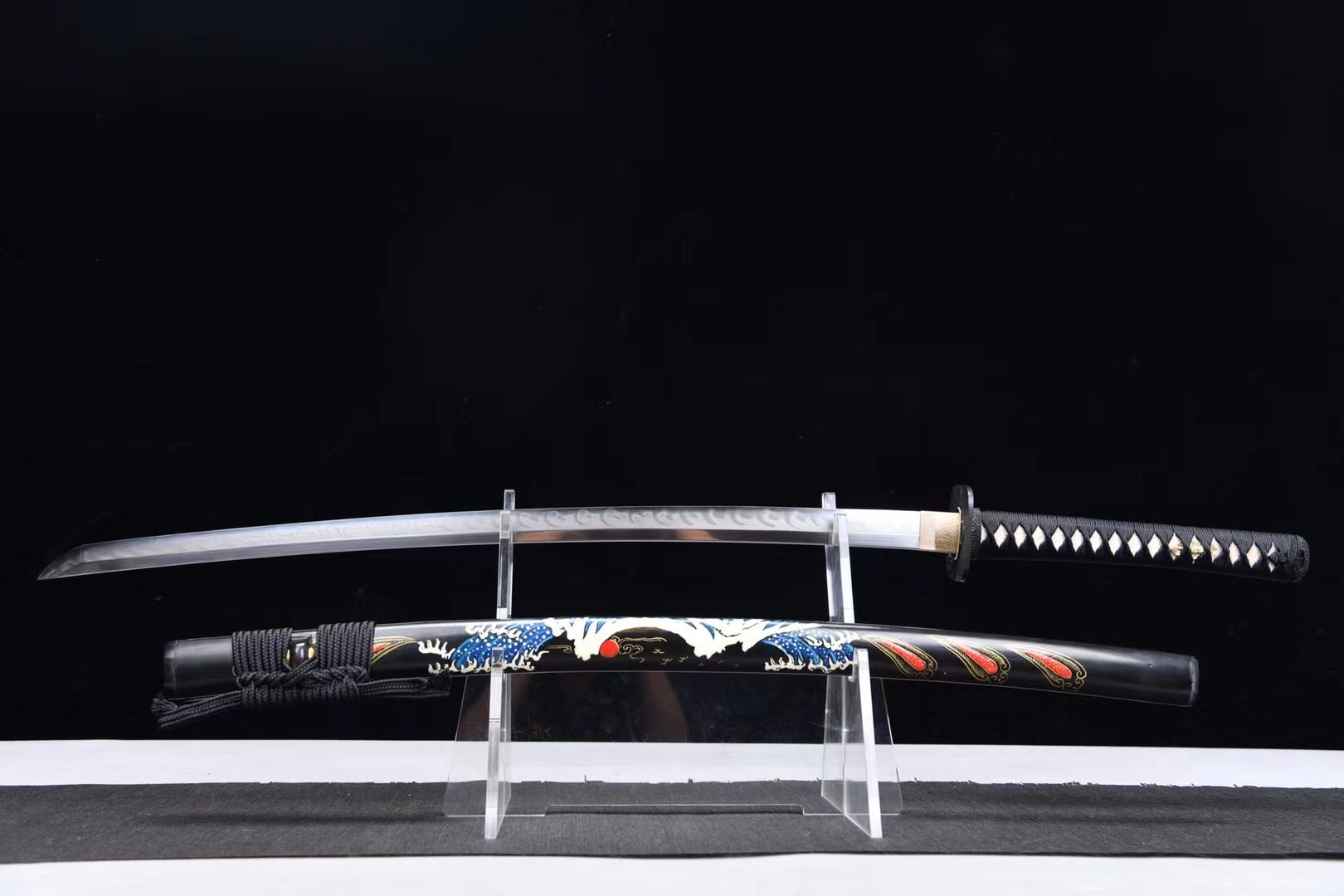The Katana, a revered symbol of Japan’s martial heritage, has a storied history that weaves through centuries of craftsmanship, warfare, and cultural evolution. The Katana Chronicles trace the journey of this iconic sword, reflecting the soul of Japan and its people. The origins of the Katana can be traced back to the early days of the Samurai, where it evolved from the Tachi, a longer and more curved predecessor. The transition from the Tachi to the Katana marked a shift in the samurai code, emphasizing quick draws and swift strikes. Master swordsmiths like Masamune and Muramasa contributed to the Katana’s legacy, perfecting their craft during Japan’s feudal era. The Katana became not just a weapon but a symbol of honor, loyalty, and the samurai way of life.

The katana played a pivotal role in shaping Japan’s history during the feudal era. Samurai warriors, bound by a strict code of conduct known as Bushido, considered their swords an extension of their soul. The Katana’s sharpness and craftsmanship were paramount, with the blade being a reflection of the samurai’s character. Battles, such as the famous Battle of Sekigahara in 1600, witnessed the Katana’s prowess on the battlefield. It became a status symbol, passed down through generations, each sword carrying the weight of its lineage. The peaceful Edo period that followed saw a decline in large-scale battles, but the Katana retained its significance as a symbol of authority, worn by samurai to signify their social status and allegiance. During the Meiji Restoration in the late 19th century, Japan underwent a period of modernization and westernization. The samurai class was abolished, and the Katana’s role in society evolved. Many swords were confiscated, leading to the decline of traditional swordsmithing.
However, the Katana endured, finding new meaning as a symbol of Japanese identity. In the 20th century, the Katana gained global recognition through movies and martial arts, becoming an emblem of Japan’s martial prowess and ancient traditions. In contemporary times, the Katana continues to be a revered symbol, not just in Japan but worldwide. Swordsmiths, inspired by centuries-old techniques, still craft traditional Katanas, and modern variations are used in martial arts, ceremonies, and as collector’s items. The spirit of the Katana lives on, transcending its historical roots and resonating with enthusiasts, martial artists, and those captivated by the mystique of Japan’s iconic sword. The Katana Chronicles narrate a tale of resilience, craftsmanship, and cultural significance, showcasing how a simple blade evolved into a timeless symbol that transcends borders and resonates with the essence of Japan’s rich history.